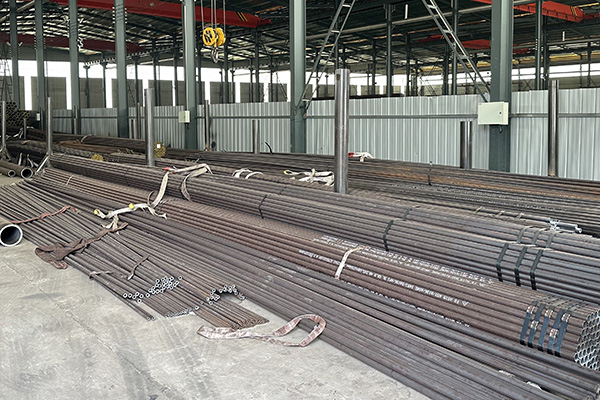

Impact of Raw Material Quality on Seamless Steel Pipe Quality
The quality of raw materials is a fundamental factor that directly influences the manufacturing process and final properties of seamless steel pipes. Superior raw materials ensure reliable mechanical performance, dimensional accuracy, and corrosion resistance, while poor-quality inputs can lead to defects, reduced service life, and increased production costs.
1. Chemical Composition Consistency
The alloying elements and impurities in the raw steel billet determine the pipe's mechanical properties, weldability, and corrosion resistance. Variations in carbon, sulfur, phosphorus, and trace elements can cause brittleness, decreased toughness, or susceptibility to cracking. Strict control of chemical composition during steelmaking is essential to produce pipes meeting design specifications.
2. Microstructural Uniformity
Raw material microstructure impacts pipe formability and strength. Inclusions, segregation, or coarse grain structure in billets can cause non-uniform deformation during rolling, leading to surface defects, uneven wall thickness, and poor mechanical performance. High-quality billets with refined and homogeneous microstructures enable smoother processing and better product quality.
3. Billet Size and Shape Accuracy
The initial dimensions and geometry of billets affect the efficiency and stability of the hot piercing and rolling processes. Irregular or inconsistent billet shapes can cause eccentricity, ovality, and dimensional deviations in the finished pipes.
4. Surface Condition of Raw Material
Surface defects such as cracks, laps, or scale on billets often translate into surface flaws in pipes. These imperfections can compromise corrosion resistance and act as stress concentrators that reduce fatigue life.
5. Mechanical Properties of Billets
The hardness and tensile strength of billets influence their hot workability. Materials with inappropriate mechanical properties may crack or deform unevenly during hot working, causing internal defects or dimensional inconsistencies.
6. Impact on Processing Efficiency and Cost
High-quality raw materials reduce the likelihood of equipment wear, downtime, and scrap rates, thereby improving overall production efficiency. Conversely, inferior billets may require additional processing steps such as grinding, repair welding, or more frequent tool replacement.
Conclusion
Raw material quality is the foundation for producing seamless steel pipes that meet stringent industrial standards. By selecting billets with optimal chemical, mechanical, and surface characteristics, manufacturers can ensure the structural integrity, reliability, and performance of the final product.
References:
ASTM A106/A106M – Standard Specification for Seamless Carbon Steel Pipe for High-Temperature Service
ISO 3183 – Petroleum and Natural Gas Industries — Steel Pipe for Pipeline Transportation Systems
Zhang, L., & Chen, J. (2019). "Effect of Billet Quality on Seamless Pipe Production." Materials Science and Engineering, 45(2), 132–140.
ASM Handbook, Volume 1 – Properties and Selection: Irons, Steels, and High-Performance Alloys





